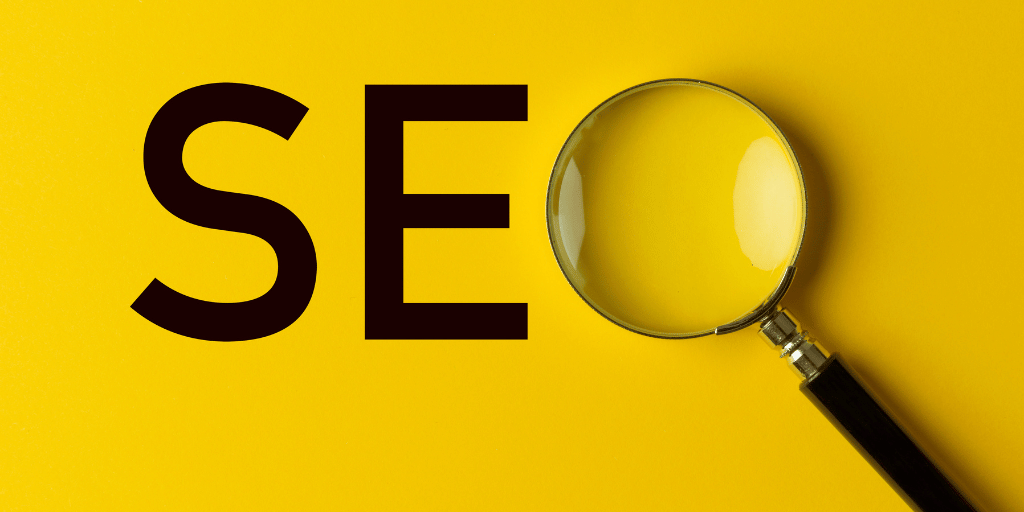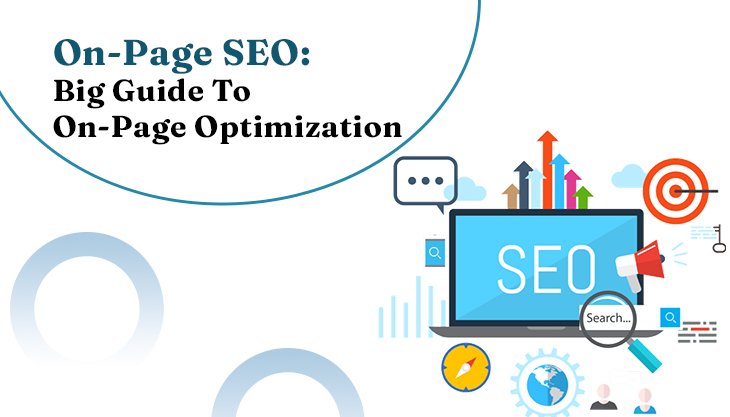The Art of Image SEO: Tips and Tricks for Boosting Your Rankings
February 25, 2024 | by seotoolsethub.com

Image SEO, also known as image search engine optimization, refers to the practice of optimizing images on a website to improve their visibility and rankings in search engine results pages (SERPs). It involves various techniques and strategies aimed at making images more accessible, relevant, and appealing to both users and search engines. In today’s digital marketing landscape, where visual content plays a crucial role in engaging audiences, image SEO has become an essential aspect of any successful online presence.
The importance of image SEO in digital marketing cannot be overstated. With the increasing popularity of visual platforms like Instagram and Pinterest, images have become a powerful tool for brands to communicate their message effectively. By optimizing images for search engines, businesses can increase their chances of being discovered by potential customers who are actively searching for related products or services. Moreover, incorporating visually appealing and relevant images on websites can enhance user experience by making content more engaging and memorable.
Key Takeaways
- Image SEO is an important aspect of overall website optimization.
- Choosing the right images and optimizing their file names and alt text can improve rankings.
- Image size and compression techniques can improve website speed and user experience.
- Descriptive captions and titles, structured data markup, and image sitemaps can also boost rankings.
- Mobile optimization is crucial for image SEO, and monitoring and analyzing performance is key for ongoing success.
Understanding the Importance of Image SEO
One key aspect that highlights the importance of image SEO is its impact on website rankings. Search engines like Google consider various factors when determining the relevance and quality of a webpage for specific search queries. Images that are properly optimized with relevant keywords can contribute significantly to improving a website’s overall ranking in SERPs. By including descriptive alt-text tags, and file names that include target keywords or phrases related to the content they accompany, websites can provide additional context about their visual assets to search engines.
In addition to improving rankings, there are several benefits associated with implementing effective image SEO practices for user experience (UX). High-quality images that load quickly not only capture users’ attention but also contribute positively towards reducing bounce rates – the percentage of visitors who leave a website after viewing only one page – which is an important UX metric considered by search engines when evaluating websites’ quality signals.
Choosing the Right Images for Your Website
When it comes to choosing images for your website, quality should be a top priority. High-quality images not only enhance the visual appeal of your website but also reflect positively on your brand’s professionalism and credibility. Blurry or pixelated images can create a negative impression and discourage users from engaging with your content.
Different types of websites require different types of images. For e-commerce websites, product images that showcase the details and features of the items being sold are crucial for attracting potential customers. On the other hand, news websites may benefit from using relevant and attention-grabbing images to accompany their articles and capture readers’ interest.
It is also important to consider copyright laws when selecting images for your website. Using copyrighted material without permission can lead to legal consequences. To avoid this, you can either purchase stock photos from reputable sources or use royalty-free images that are available under Creative Commons licenses.
Optimizing Image File Names and Alt Text
| Image file name length | The length of the image file name should be short and descriptive, ideally less than 50 characters. |
| Alt text length | The length of the alt text should be concise and descriptive, ideally less than 125 characters. |
| Keyword usage | Include relevant keywords in the image file name and alt text to improve search engine optimization. |
| Image file size | Optimize the image file size to improve website loading speed and user experience. |
| Alt text accuracy | Ensure that the alt text accurately describes the content of the image for accessibility purposes. |
Optimizing image file names is an often overlooked aspect of image SEO but can have a significant impact on search engine rankings. When naming image files, it is best practice to use descriptive keywords or phrases that accurately represent the content of the image as well as align with the overall theme or topic of your webpage.
Alt text (alternative text) is another crucial element in optimizing images for both accessibility and SEO purposes. Alt text provides textual descriptions for visually impaired users who rely on screen readers to navigate web pages. Additionally, search engines utilize alt text to understand what an image represents since they cannot interpret visual content directly.
When writing alt text, it is important to be concise yet descriptive enough so that both users and search engines can understand what the image depicts without actually seeing it. Including relevant keywords in alt text can also help improve visibility in search engine results pages when those keywords are searched by users.

Image Size and Compression Techniques
The size of an image plays a significant role in determining how quickly a webpage loads, which directly impacts user experience. Large image files can slow down page load times, leading to higher bounce rates and lower rankings in search engine results. Therefore, it is crucial to optimize image sizes for web use.
There are several techniques for compressing images without sacrificing quality. One common method is using image compression software or online tools that reduce file size while maintaining visual integrity. These tools utilize algorithms that remove unnecessary data from the image file, resulting in smaller file sizes without noticeable loss of quality.
Another technique is resizing images to match the dimensions required by your website’s design. By resizing images to fit their intended display size on web pages, you can further reduce file sizes and improve loading times.
Using Descriptive Captions and Titles
Captions and titles provide additional context for images and play a vital role in engaging users with your content. Descriptive captions can help users understand the purpose or message behind an image, making it more likely that they will spend more time on your webpage.
When writing captions, it is important to be concise yet informative. Captions should complement the visual content by providing relevant information or adding value through storytelling or humor when appropriate.
Titles also contribute to user engagement by providing a summary of what an image represents before users click on it for a closer look. Including relevant keywords in titles can also improve search engine visibility when those keywords are searched by users.
Structured Data Markup for Images
Structured data markup refers to adding additional code (such as schema.org) to webpages’ HTML that provides search engines with more detailed information about the content on those pages – including images.
By implementing structured data markup specifically designed for images, such as ImageObject schema markup, website owners can provide search engines with valuable metadata about their visual assets – including details like captions, descriptions, licensing information, and even geolocation data if applicable.
This additional information helps search engines better understand what an image represents and can lead to enhanced visibility in image search results, as well as potential inclusion in rich snippets or other visually enhanced search features.
Image Sitemaps and Indexing
Image sitemaps are XML files that provide search engines with a list of all the images on a website that the website owner wants to be indexed. Including image URLs, captions, titles, and other relevant metadata in an image sitemap helps search engines discover and understand the visual content on your website more effectively.
By creating and submitting an image sitemap to search engines like Google, you can ensure that your images are properly crawled and indexed. This increases the chances of your images appearing in relevant searches and driving organic traffic to your website.
It is important to keep image sitemaps up-to-date by regularly adding new images or removing outdated ones. This ensures that search engines have accurate information about your visual assets at all times.
Importance of Mobile Optimization for Images
With the increasing use of mobile devices for browsing the internet, optimizing images for mobile has become crucial for both user experience and SEO purposes.
Mobile optimization involves ensuring that images load quickly on mobile devices with varying screen sizes and network speeds. This can be achieved by using responsive design techniques that automatically adjust image sizes based on device specifications or by implementing lazy loading – a technique where only visible images are loaded initially while others load as users scroll down the page.
Additionally, it is important to consider how images appear on smaller screens when optimizing them for mobile devices. Ensuring proper alignment, legibility of text within images (if any), and overall visual appeal contributes significantly towards providing a seamless user experience across different devices.

Monitoring and Analyzing Image SEO Performance
To measure the effectiveness of your image SEO efforts, it is essential to monitor key performance metrics using various tools available in the market today.
Tools like Google Analytics provide valuable insights into how users interact with your visual content – including metrics like bounce rates, time spent on a page, and conversion rates. By analyzing these metrics, you can identify areas for improvement and make data-driven decisions to optimize your image SEO strategy.
In addition to Google Analytics, there are several other tools specifically designed for monitoring image SEO performance. These tools provide detailed information about how search engines crawl and index your images, as well as visibility in image search results.
By regularly monitoring and analyzing image SEO performance, you can stay ahead of the competition and continuously improve your website’s visual content strategy.
Conclusion and Future of Image SEO
In conclusion, image SEO is a crucial aspect of digital marketing that should not be overlooked. Optimizing images for search engines not only improves website rankings but also enhances user experience by providing visually appealing content that engages audiences.
Choosing high-quality images that align with the theme or topic of your website is essential for creating a positive impression on users. Optimizing file names and alt text helps search engines understand the context of images while improving accessibility for visually impaired users.
Compressing images without sacrificing quality ensures fast loading times and better user experience across devices. Descriptive captions and titles add value to visual content by providing additional context or summarizing what an image represents before users click on it.
Implementing structured data markup helps search engines better understand visual assets on web pages while increasing visibility in relevant searches. Creating an image sitemap ensures proper indexing by search engines.
Mobile optimization is crucial for delivering a seamless user experience across different devices. Monitoring key performance metrics using various tools allows you to measure the effectiveness of your image SEO efforts and make data-driven decisions to improve results.
As technology continues to evolve, so will the future of image SEO. With advancements in artificial intelligence (AI) and machine learning (ML), we can expect more sophisticated algorithms that can interpret visual content more accurately – leading to even better understanding by search engines about what an image represents.
In conclusion, image SEO is an ever-evolving field that requires continuous adaptation and optimization. By implementing the strategies and techniques discussed in this article, you can improve your website’s visibility, engage users with visually appealing content, and stay ahead of the competition in the digital marketing landscape.
RELATED POSTS
View all


